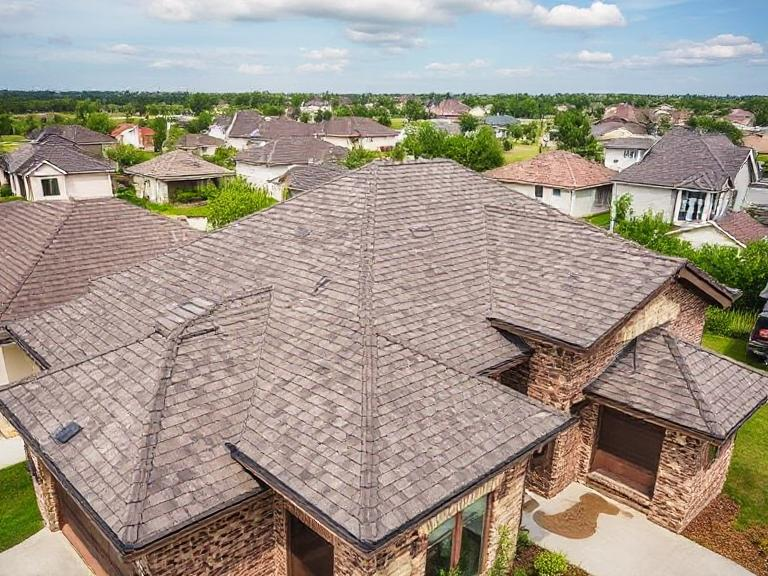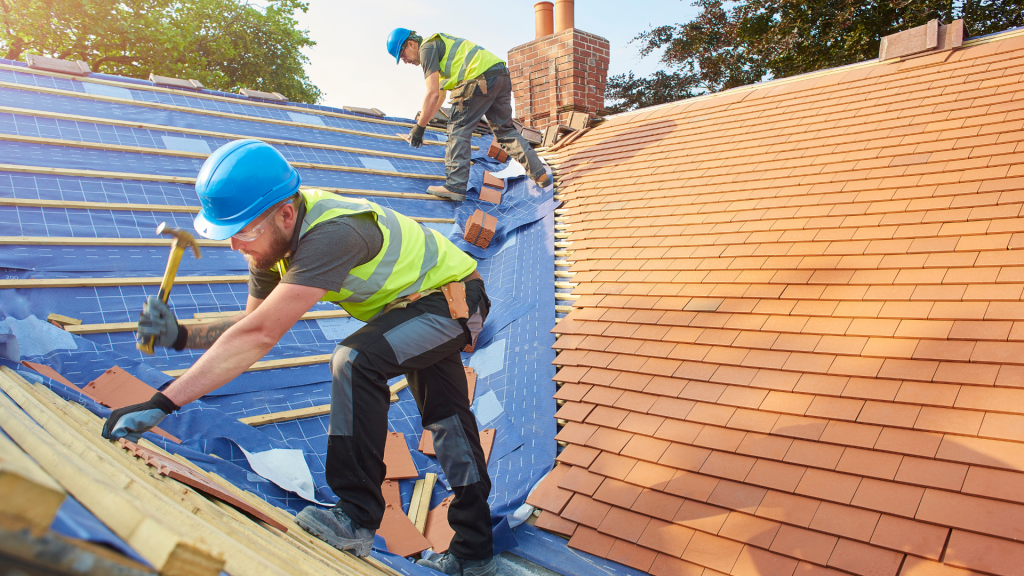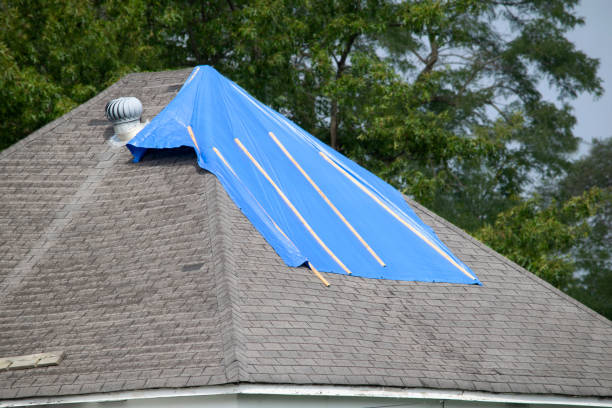
Immediate Actions for Storm-Damaged Roofs: A Quick Guide
Introduction
Storms can wreak havoc on homes, and one of the most vulnerable areas is the roof. From heavy winds to torrential rain, storm damage can lead to severe consequences if not addressed promptly. Knowing how to handle a storm-damaged roof can mean the difference between minor repairs and extensive restoration work. This article will serve as 24 hour emergency roof repair your comprehensive guide, detailing immediate actions for storm-damaged roofs, from emergency tarping to finding a reliable roofing contractor.
Immediate Actions for Storm-Damaged Roofs: A Quick Guide
When your roof suffers storm damage, swift action is vital. Here’s a concise outline of steps you need to undertake immediately:
These steps lay the groundwork for restoring your roof effectively and efficiently.
Understanding Storm Damage Roof Repair
What Types of Damage Can Occur?
The types of damage can vary widely depending on the severity of the storm:
- Shingle Loss: High winds can tear off shingles, leaving your roof exposed.
- Leaks: Water intrusion can lead to mold and structural issues.
- Structural Damage: In extreme cases, the entire roof structure may be compromised.
Identifying these issues early is crucial for effective storm damage roof repair.

Why Timely Action Matters?
Acting quickly following a storm reduces repair costs significantly. Delays can exacerbate problems, leading to more extensive damage and higher expenses down the line.
Emergency Tarping Solutions
What Is Emergency Tarping?
Emergency tarping involves placing protective tarps over damaged areas to prevent further water infiltration until permanent repairs are made.
How Do I Perform Emergency Tarping?
For those who feel comfortable doing so:
If you're unsure, consider searching "roof tarping near me" for professional assistance.
Finding Professional Help After Storm Damage
Choosing a Reliable Roofing Company
After addressing immediate concerns, identifying a trustworthy roofing company is next:
- Look for licensed and insured professionals.
- Read online reviews and ask for referrals from friends or neighbors.
Questions To Ask Potential Contractors
A good roofing contractor will be transparent with their answers and provide written estimates.
Roof Repair vs Roof Replacement
When Should You Repair?
Minor damage often requires simple repairs—such as replacing missing shingles or sealing leaks—especially when caught early.
When Is Replacement Necessary?
Consider full roof replacement when:
- The majority of shingles are missing or damaged.
- There’s significant structural compromise.
- The roof is nearing its end-of-life expectancy (typically 20-30 years).
Making this decision requires careful evaluation by your roofing contractor.
Documenting Storm Damage for Insurance Claims
Why Documentation Matters?
Insurance companies require proof of damage to process claims effectively—documentation can speed up this process significantly.
How To Document Your Damage
- Take clear photos from multiple angles.
- Make notes on specific issues observed (e.g., leaks).
This thorough documentation will bolster your case when filing claims with your insurance provider.
Communicating With Your Insurance Provider
Initial Steps After Notifying Them
After documenting your damage:
Common Questions You Might Have
- What does my policy cover regarding storm damage?
- How long will it take to process my claim?
Your insurance provider should clarify these aspects during your communication.
Long-Term Considerations Post-Storm Repairs
Preventative Measures Moving Forward
Once your home has been repaired, consider implementing preventative measures such as regular maintenance checks or installing impact-resistant roofing materials.
Why Regular Inspections Matter
Regular inspections help catch small issues before they escalate into costly repairs—a proactive approach is always better than reactive!
FAQs About Storm-Damaged Roofs
Q1: How quickly should I act after discovering roof storm damage?
A1: Ideally, you should act as soon as it's safe to do so—within 24 hours if possible—to mitigate further problems.

Q2: Can I perform emergency repairs myself?
A2: If you're comfortable and it's safe, minor temporary repairs like tarping may be done; otherwise, hire professionals for safety reasons.
Q3: How much does emergency roof repair typically cost?
A3: Costs vary widely based on severity but expect anywhere from $150-$500 for emergency services like tarping and initial assessments.
Q4: Will my homeowner's insurance cover storm-related damages?
A4: Most policies do cover storm damages; however, reviewing your specific policy details is essential to understand coverage limits and deductibles.
Q5: What should I look for in a reputable roofing contractor?
A5: Ensure they're licensed, insured, experienced in storm repair, and have solid customer reviews or references available upon request.
Q6: Should I replace my entire roof after one storm?
A6: Not necessarily! A professional assessment will help determine whether repairs suffice based on the extent of damage incurred during that one event versus overall condition prior to it happening!
Conclusion
Facing storm damage can be overwhelming; however, knowing what immediate actions to take provides clarity amidst chaos. By assessing the situation carefully and acting quickly—whether it's through emergency tarping solutions or contacting a reliable roofing contractor—you set yourself up for successful recovery from such events! Remember always prioritize safety first while navigating these challenging moments at home; staying informed empowers homeowners like you toward making sound decisions every step along this journey!
By following this guide on "Immediate Actions for Storm-Damaged Roofs," you'll be well-equipped not just during emergencies but also in maintaining resilience against future storms!
